At the start of the session we were asked to get back into our groups for the Summer brief, to answer two questions as a group. First of all we have been asked to distinguish any design for print.
What is design for print?
- Posters
- Packaging
- Printed publications
- Billboards
- Advertising
- Business cards
- Letterheads
- Cards
Below are some other things which are specific to print design. The answers which were suggested don't answer the question exactly, but instead indicate how design for print differs from web. When it comes to answering the second question I think things will seem a lot clearer.
- Choosing stock
- Considering print methods
- CMYK colour choices differ
- Considering costs - exclusive for print rather than web (stock/printing costs/distribution)
- Distribution is a big factor when it comes to printed design
- Time to print
- Proportions (2D/3D)
- Consider locations as this would have an impact on the material used
- How colour will look when it is printed on different stock
- Post print alterations
We were then given feedback from Phil and he suggested that we should think about how we would explain what design for print is, if we were to bring someone in off the street.
- By using a digital or hand rendered design we are then able to transfer it to print based design through using a variety of different processes. It could either be screen printed or printed digitally using inks in both scenarios.
- Creating images and type through using ink from printers or mixing inks to create desired colours to use in a workshop situation (eg.screenprint).
- A physical example of printed design which can be handled and distributed manually which contains images and text.
As a year group we then had a discussion about whether or not we can actually define what design for print is. It has proven to be difficult for us all to produce a concise definition, however we can define it to a certain extent.
Some examples from the year group were:
- Knowing the outcome you desire when you design (print process)
- Knowing the audience
- Consider the location
- The scale
- Mass production
- Considering cost
- Considering the bleed and alignments
- Mock ups and prototypes
- Composition
We have now been asked to look at the following categories. These categories can be related to design for screen, apart from the stock. Websites are dynamic and can be changed whereas design for print is finite and cannot be changed. (Simon Harrison)
In the Daily Mail they try to retract information the next day as the editors realise that they shouldn't have published certain articles. Whereas in print format you cannot retract something.
1. Format
2. Colour
3. Production
4. Processes
5. Finishing
6. Stock
Part 2
Identify as many design processes of design for print:
- Foiling
- Spot varnish
- Screen printing
- Digital print
- Embossing
- Letterpress
- Etching
- Litho print
- Lino cut
- Intaglio print
- Collograph
- Mono print
- Woodcut print
- Laser print
- 3D printing
- Lomography
- Vinyl cut
We then discussed as a year group what we had come up with.
What processes as a designer I would like to try/perfect this year:
- Embossing
- I would like to practice screen printing
- If possible I would like to try all of the above in order to broaden my skill set
Why did someone invent the laser printer?
- Faster
Why did someone create the ink jet printer when the rinograph printer was around?
For each of the 6 categories above, list two examples which are relevant to print:
(Perhaps photograph/use internet)
1. Format
(Paper size, leaflet, books, magazines)
Pencil
I chose to use this image as an example for format, because it illustrates a small scale format of text printed on a pencil. This is probably one of the smallest things that print can be applied to.
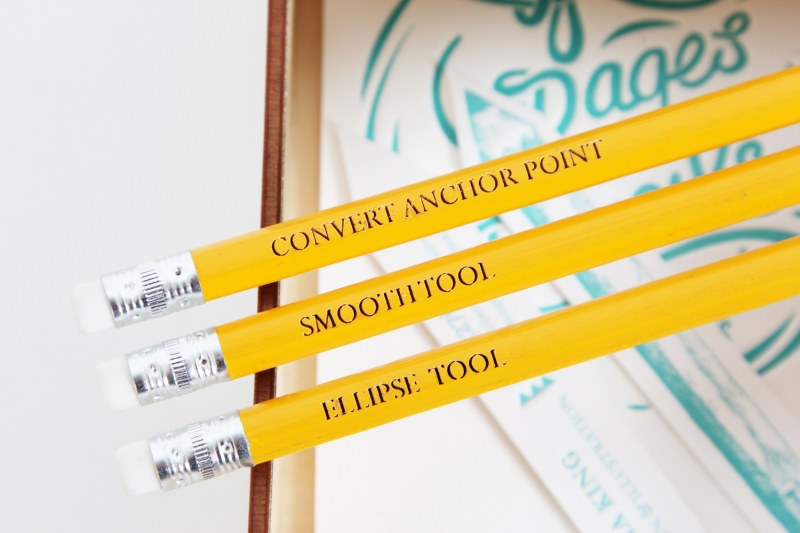
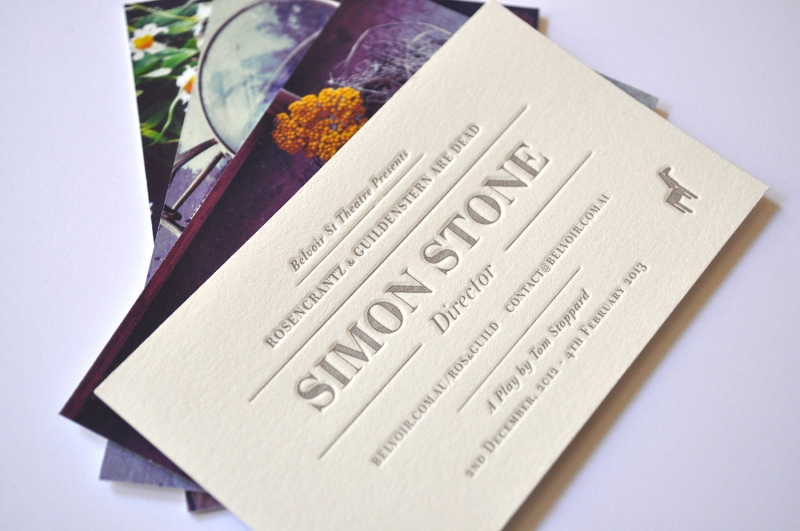

(Paper size, leaflet, books, magazines)
Pencil
I chose to use this image as an example for format, because it illustrates a small scale format of text printed on a pencil. This is probably one of the smallest things that print can be applied to.


Poster
While this poster has been designed with a much larger format in mind.
While this poster has been designed with a much larger format in mind.

2. Colour
I've used this as an example to demonstrate how one product has been designed using multiple colours. Printed on the same stock, but simply altering the background colour.

I've used this as an example to demonstrate how one product has been designed using multiple colours. Printed on the same stock, but simply altering the background colour.
Source
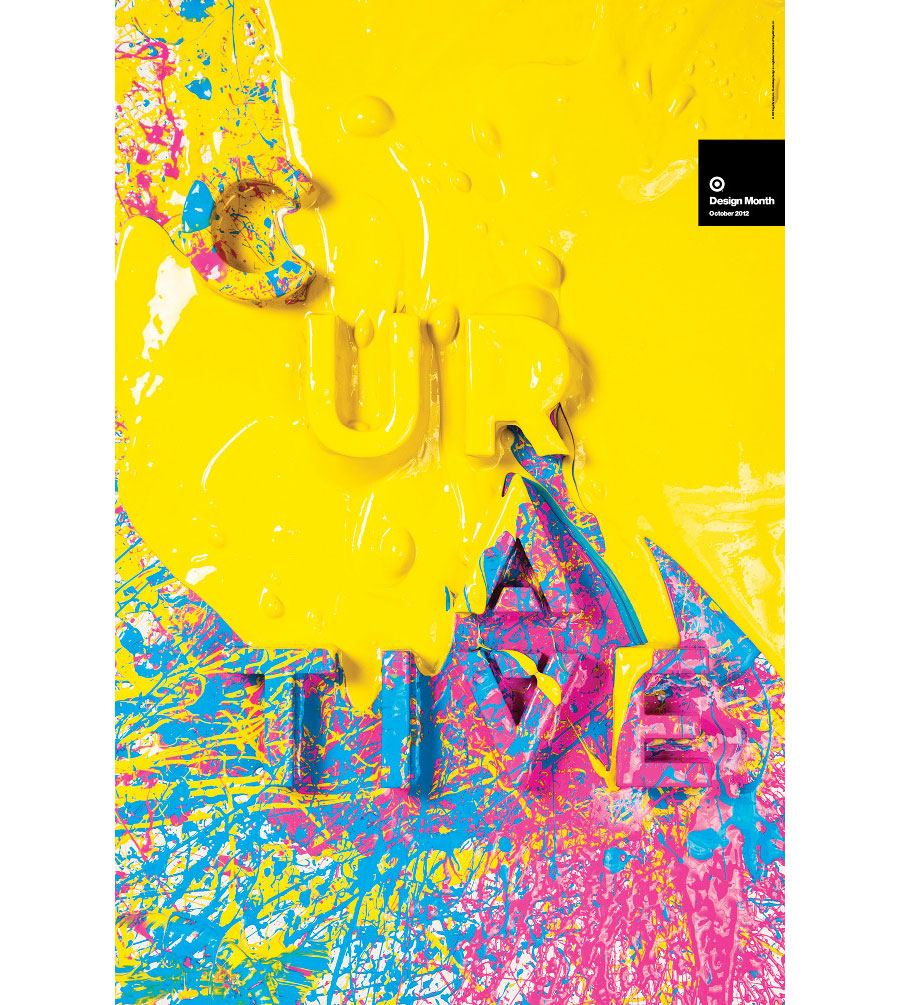
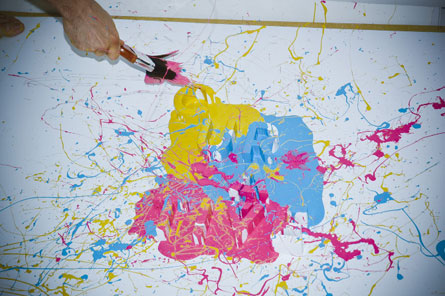
Source
This is an example of how photography has been used with colour, as they have placed the letterforms where they want them and have splashed the paint over afterwards.


Source
Black and white
Whilst on the other hand, there is the other side to using colour, rather than applying multiple colours, simply using black and white can often be just as effective.
Whilst on the other hand, there is the other side to using colour, rather than applying multiple colours, simply using black and white can often be just as effective.

3. Production
Constructing
My interpretation of production is the actual constructing process. I found this example, where the fastenings have been designed and embossed to start with and then used as a seal for the final product.
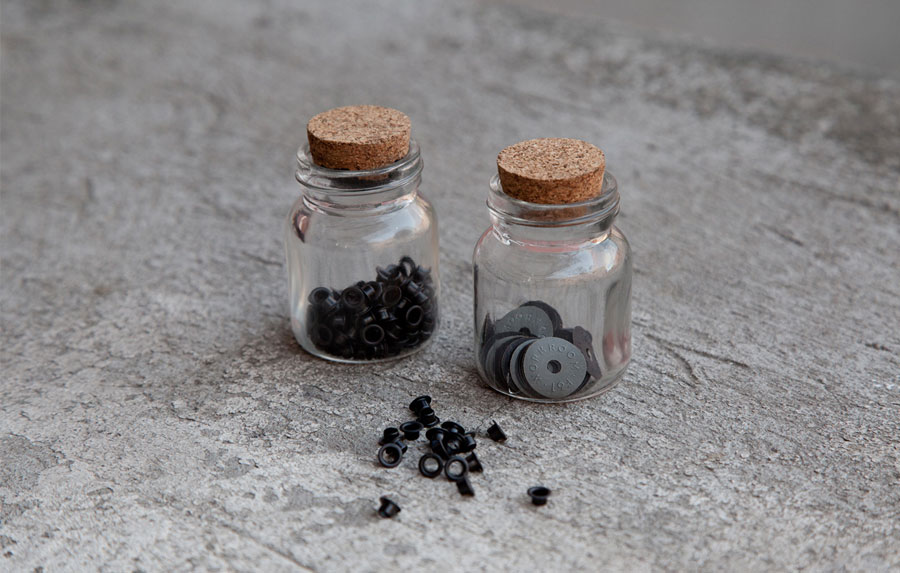
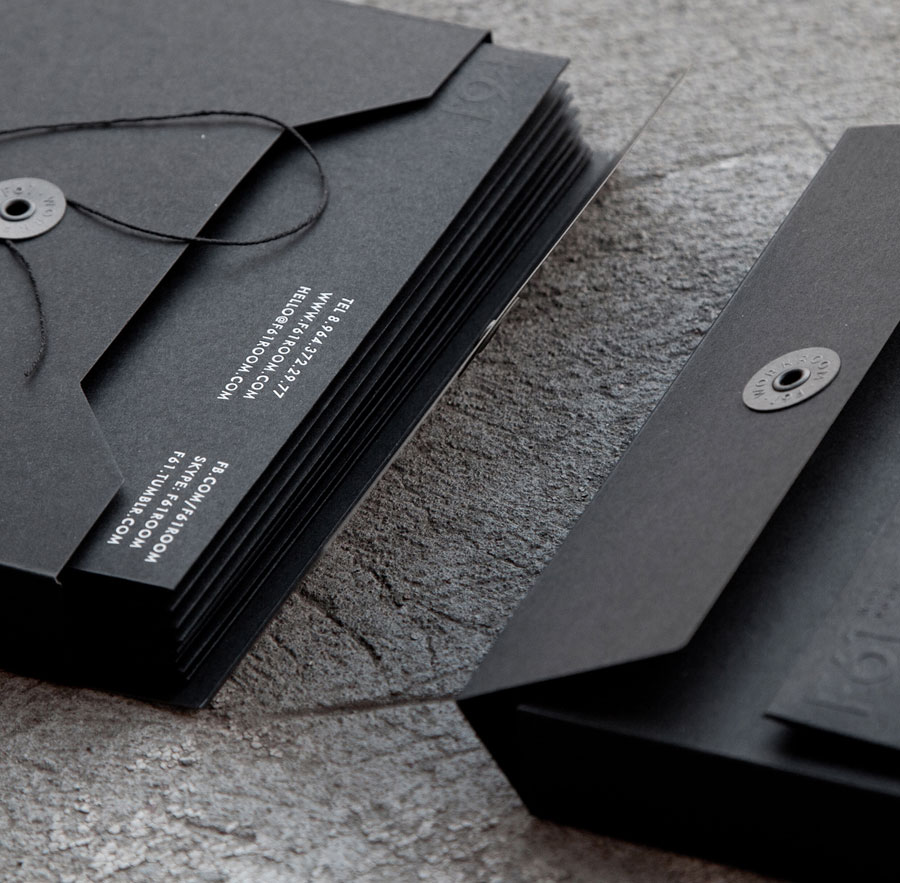
Constructing
My interpretation of production is the actual constructing process. I found this example, where the fastenings have been designed and embossed to start with and then used as a seal for the final product.


Source

Book binding
Book binding it another form of construction, as the book has been printed and then finished by binding it all together to make it functional.

4. Processes
Screen print
Screen printing is an example of a process a designer can take if they desire a certain outcome and finish.
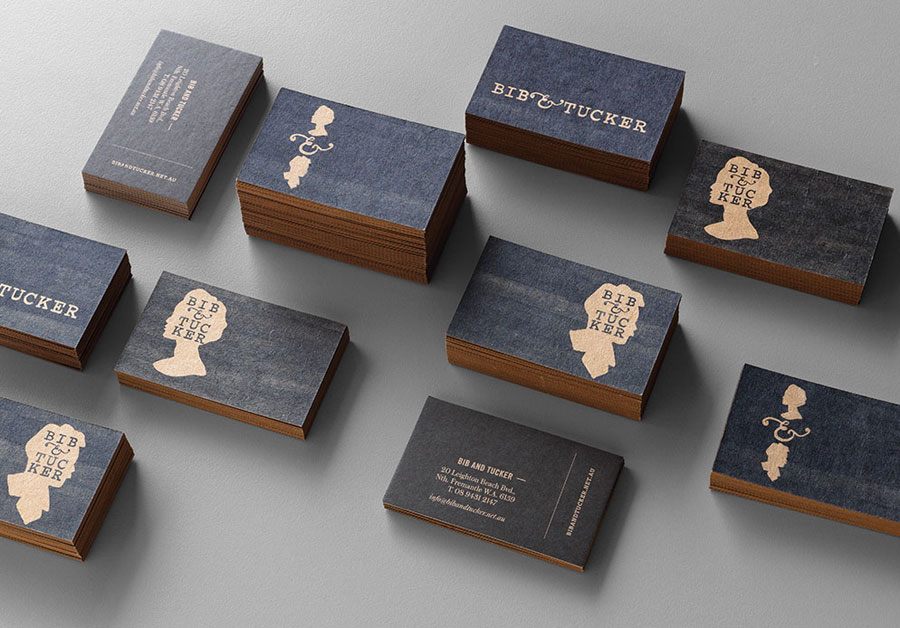
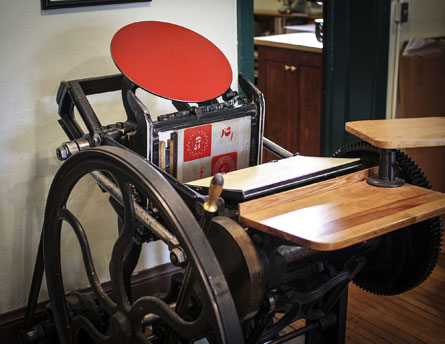
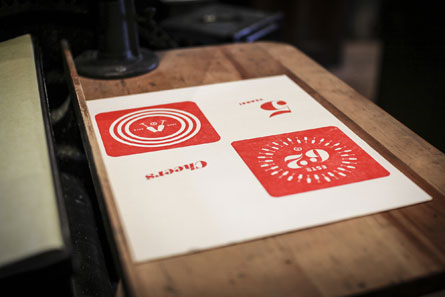
Screen print
Screen printing is an example of a process a designer can take if they desire a certain outcome and finish.



5. Finishing
Foiling
Foiling is an example of a finish used to make a product stand out and essentially be 'finalised' so that it is ready to be sold or reproduced for the masses.



Foiling
Foiling is an example of a finish used to make a product stand out and essentially be 'finalised' so that it is ready to be sold or reproduced for the masses.


Embossing
Embossing is another example of how a design can be finalised, the added touch gives it a unique feature which allows it to stand out from other designs.
Embossing is another example of how a design can be finalised, the added touch gives it a unique feature which allows it to stand out from other designs.

6. Stock
I decided to show a variety of different materials which have been used essentially as different types of 'stock'.
Glass




Bring in 5 examples of print for next week (Tuesday 8th October)
- Different formats
- Different production methods
- Different finishes
(eg. perfume bottles, magazines, packaging)
I decided to show a variety of different materials which have been used essentially as different types of 'stock'.
Glass

Cardboard

Aluminium

Paper and cardboard

- Different formats
- Different production methods
- Different finishes
(eg. perfume bottles, magazines, packaging)
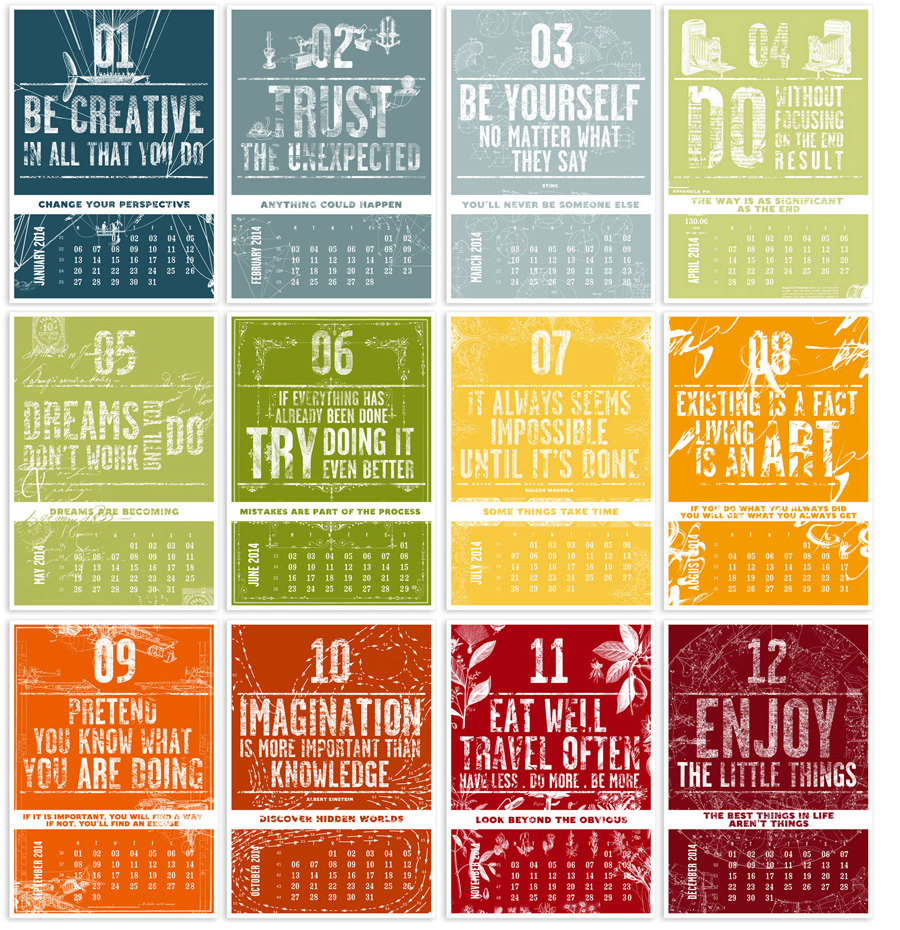
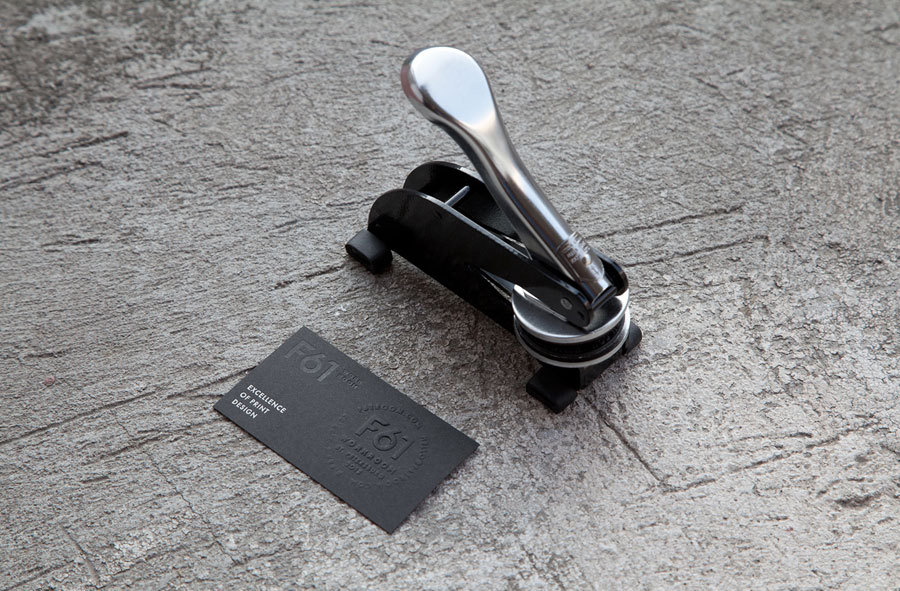
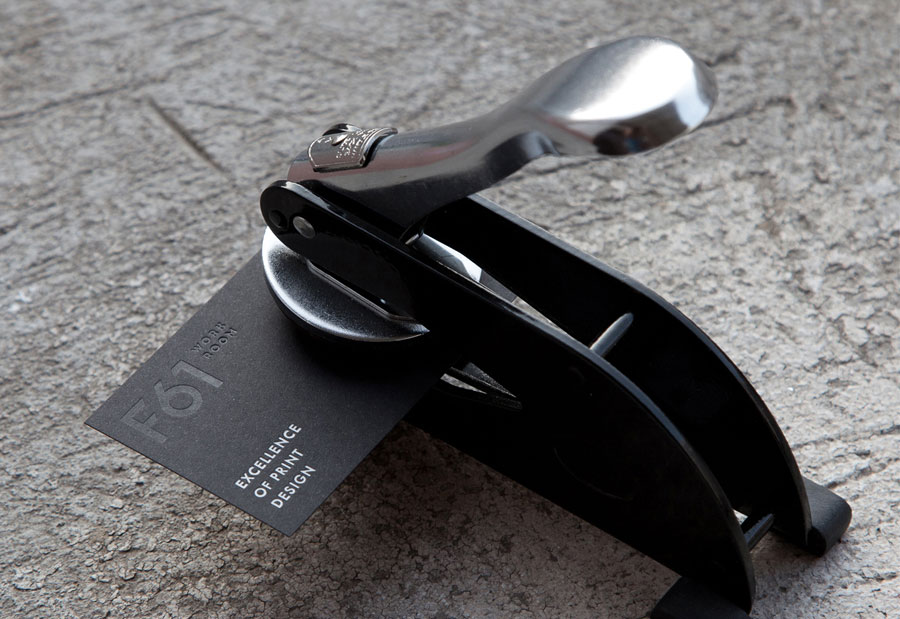
No comments:
Post a Comment